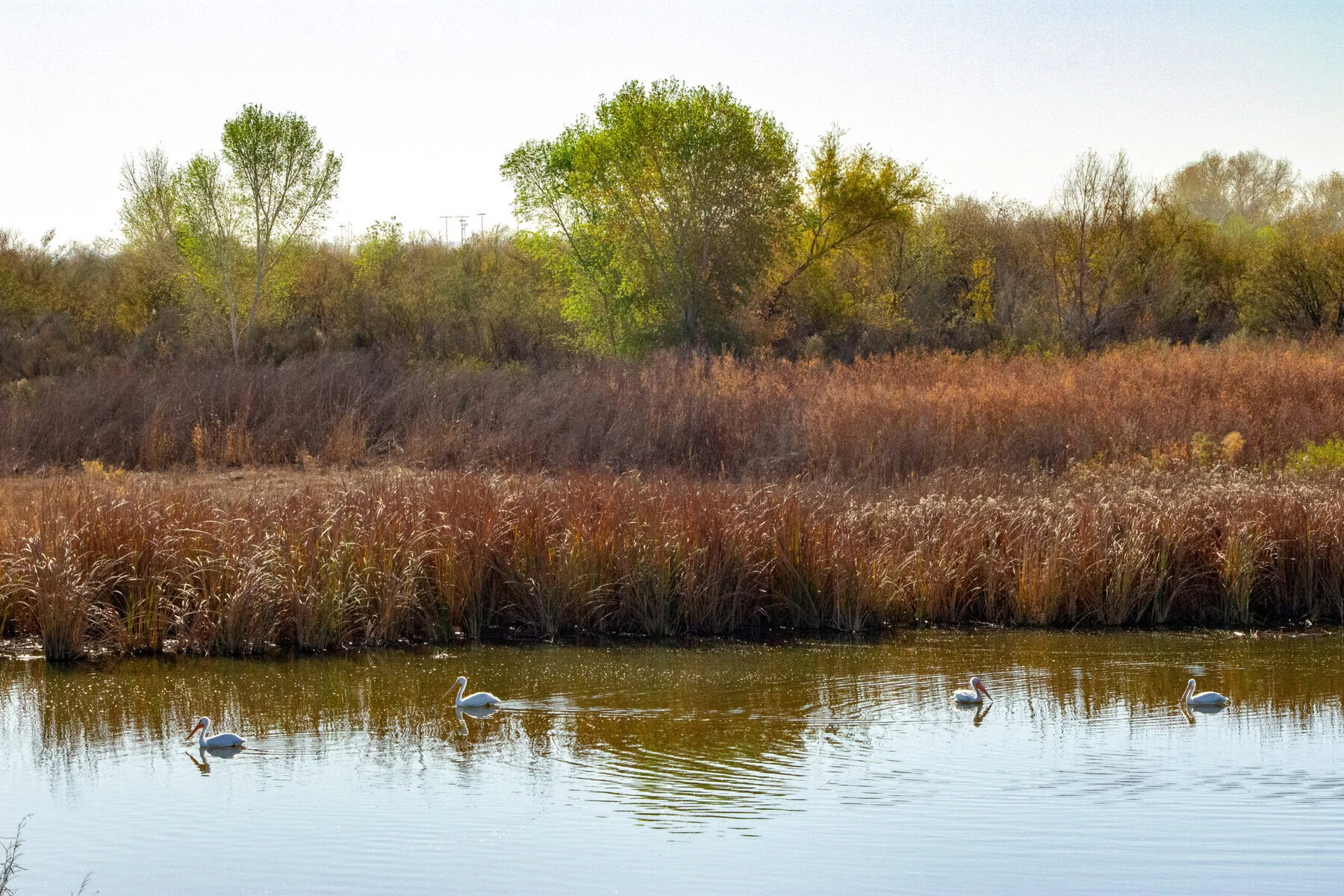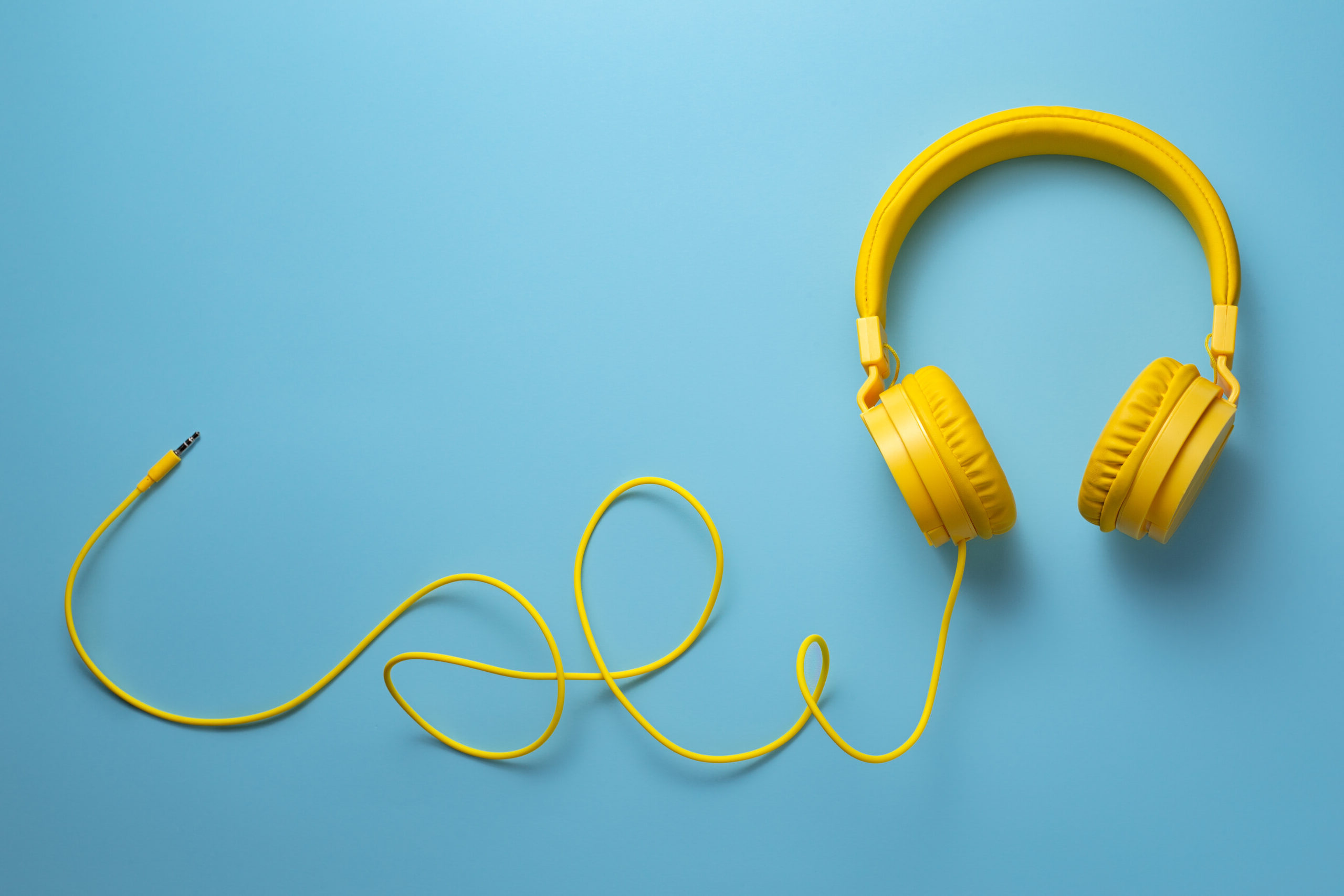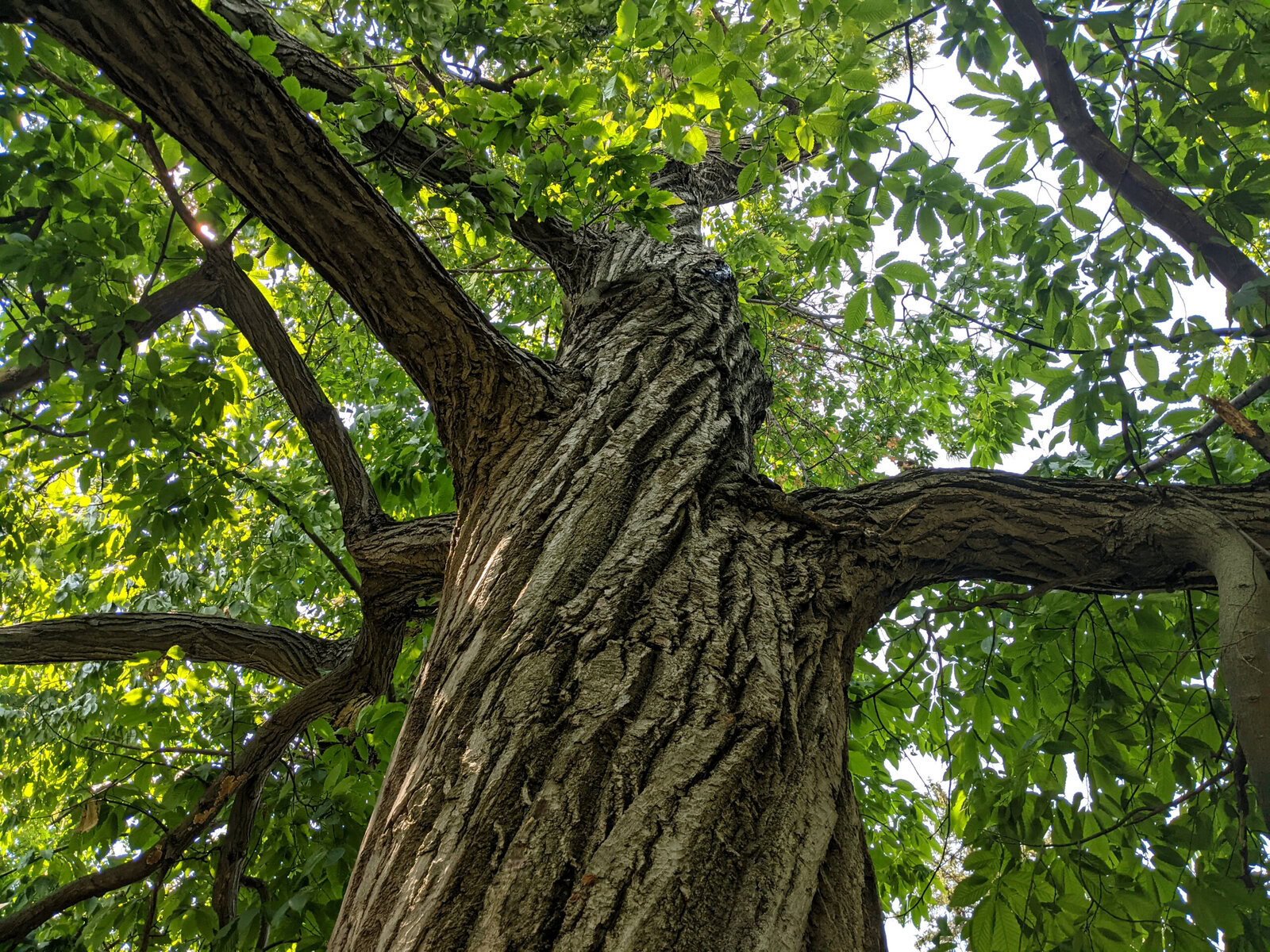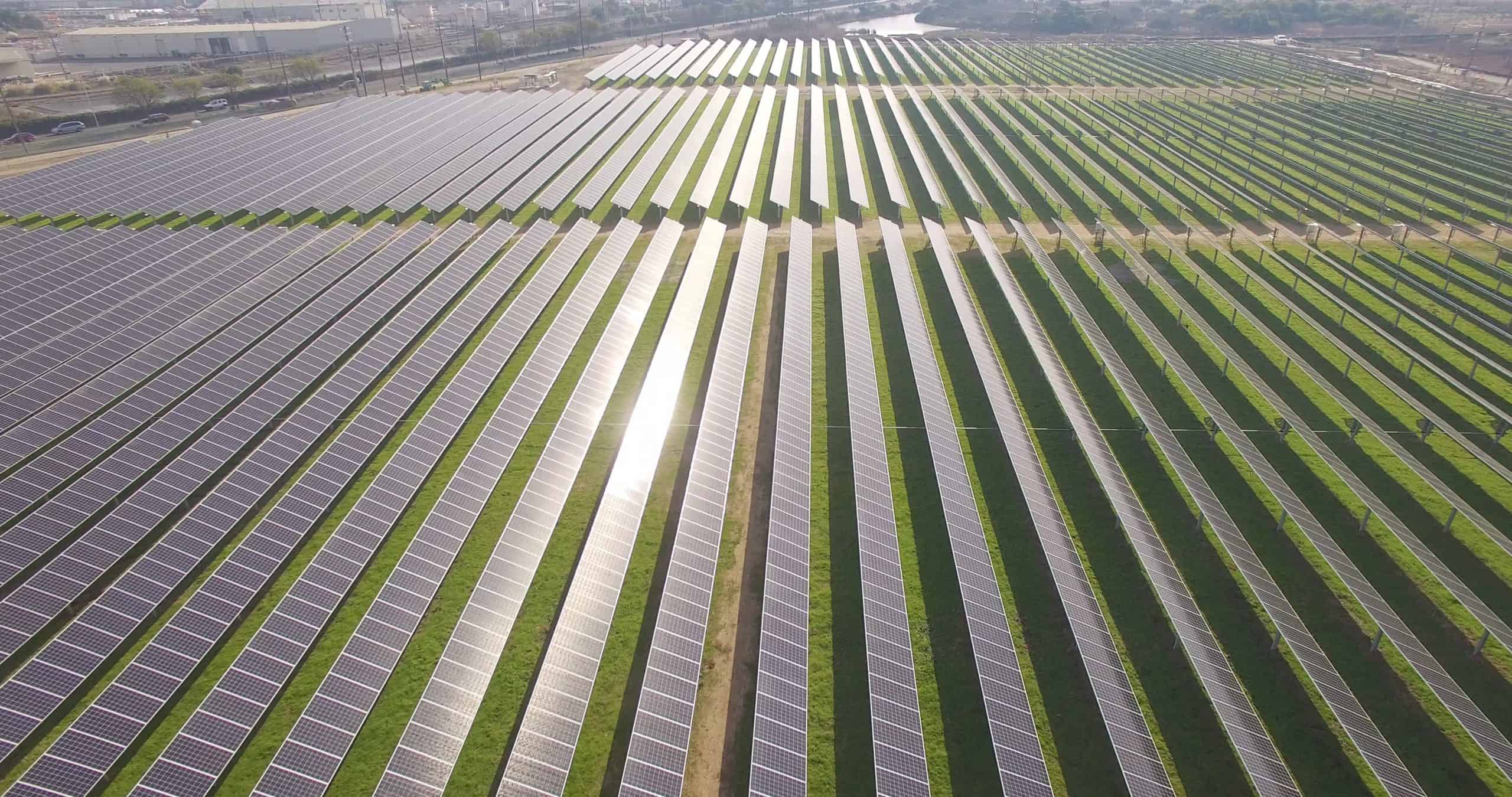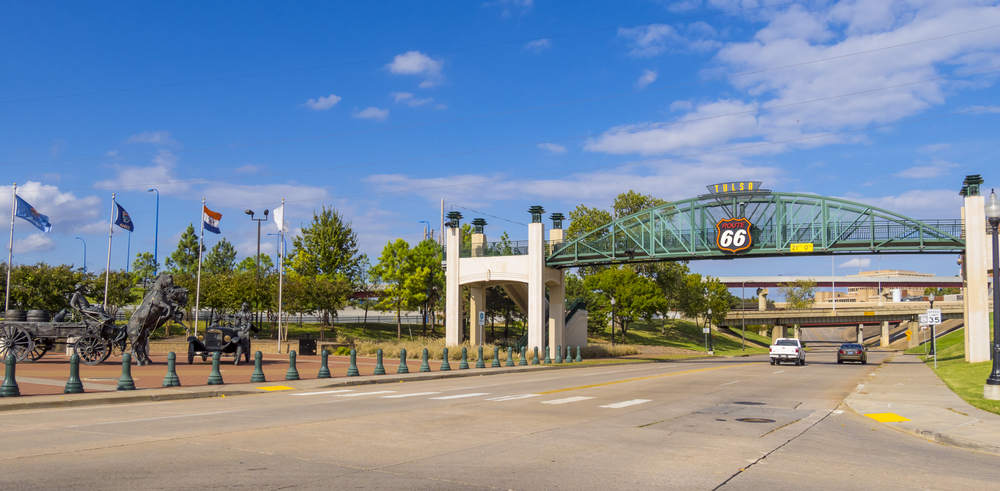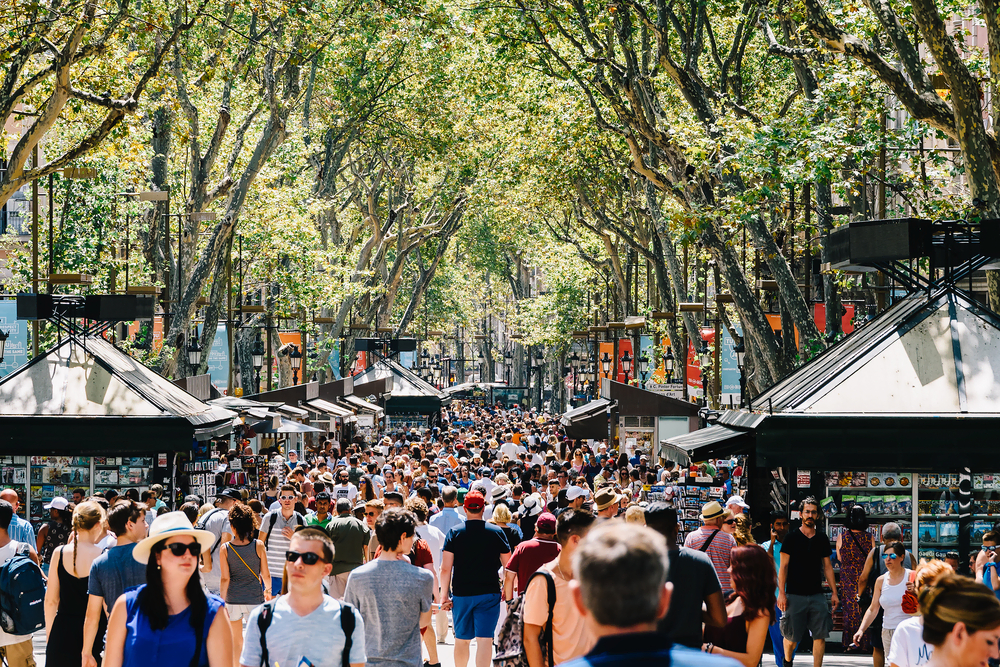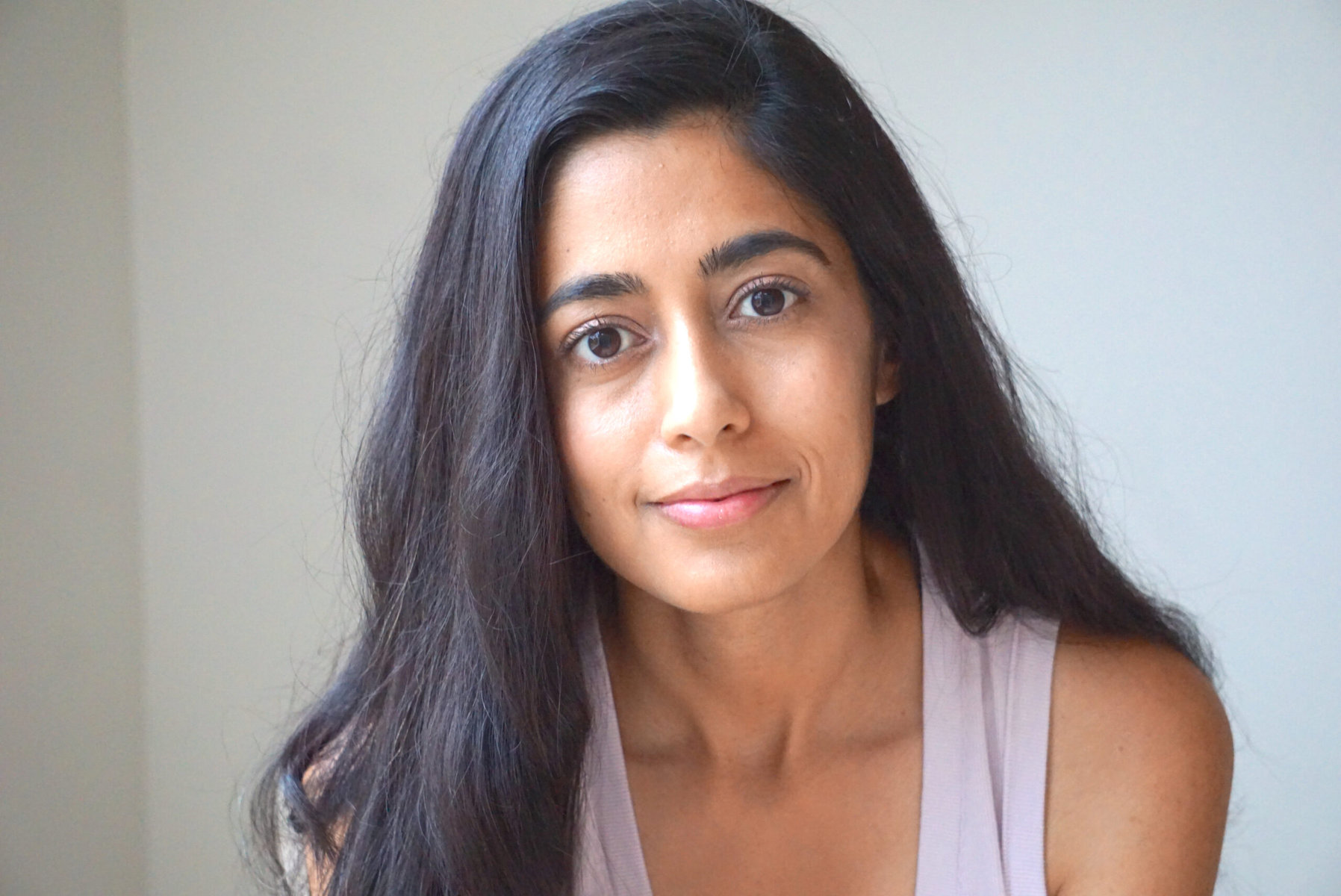This is an excerpt from Working to Restore: Harnessing the Power of Regenerative Business to Heal the World (Beacon Press) by Esha Chhabra.
In 2003, while doing audits for a French fashion brand at a Chinese factory, two French entrepreneurs, Sébastien Kopp and François-Ghislain Morillion, discovered thirty workers crammed into a 270-square-foot room with a single hole to drain the workers’ shower and also allow them to relieve themselves. “We realized that globalization had gone wrong,” Kopp says.
They returned to Paris and decided to launch their own project, focused on “deconstructing the sneaker.” Sneakers had become popular in the late 1980s and ’90s as everyday wear, often with athletes sporting and touting the latest styles. But most of the money generated by big brands was going into marketing budgets, not the supply chain, according to Kopp. “We didn’t know much about shoes, but it was something everyone wore; we loved them as teenagers, and we knew that we could get all the pieces required for the shoe in one place: Brazil.”
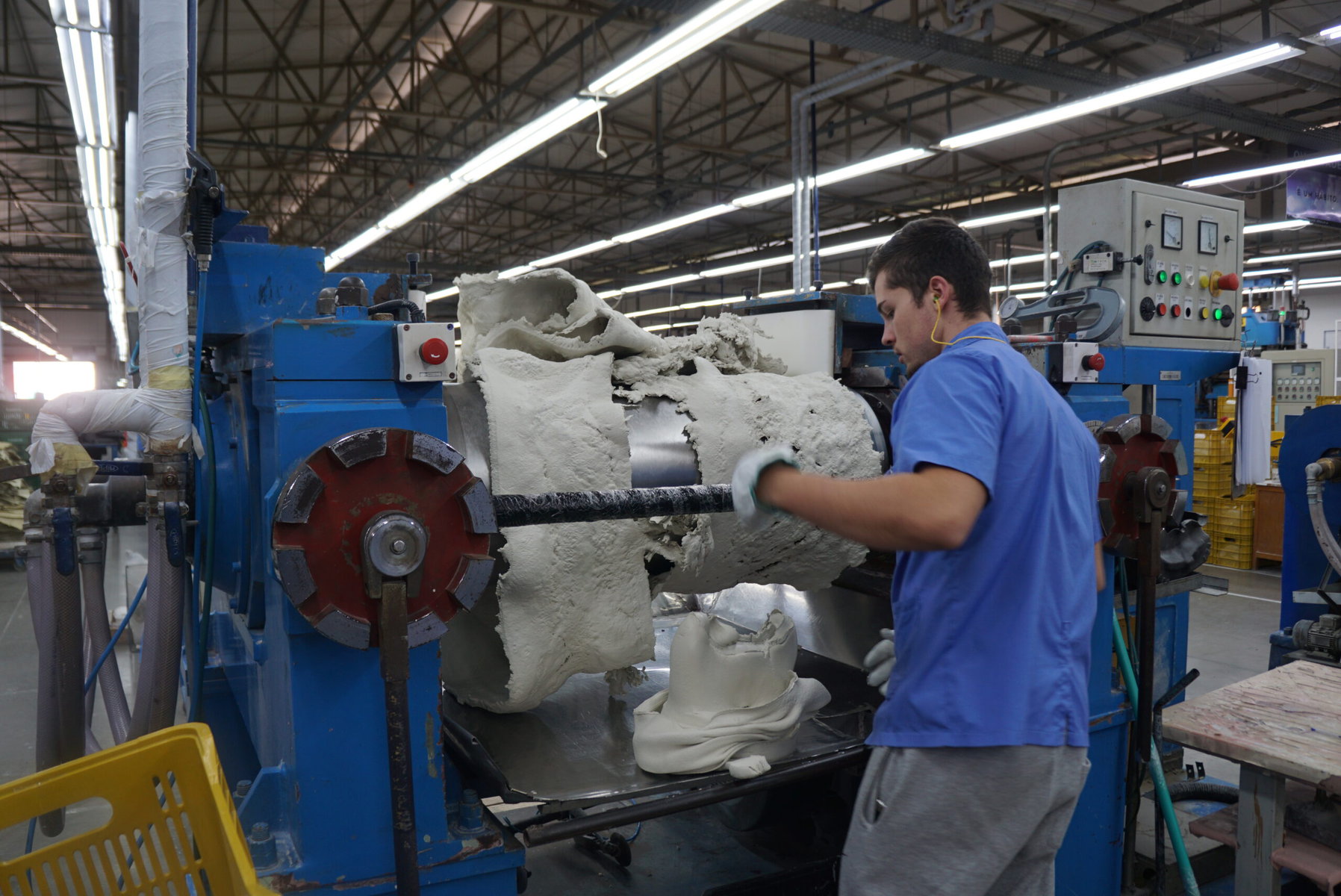
He had traveled frequently to Brazil with Morillion previously, but there was a significant problem: neither one spoke fluent Portuguese. That didn’t stop them, though: “We just realized that if we, two 25-year-old idiots from France, who didn’t even speak the language fully, could figure out how to build a fair and transparent supply chain, then the big companies could do it, too — if they want to.”
Investing approximately $5,500 (€5,000) each, they set out to build the first prototype shoe for Veja (the name means “look” in Portuguese and is meant to suggest “look behind the label”).
In 2004, just a year after having their awakening in the Chinese factory, Kopp and Morillion dove into the effort of building a supply chain for Veja.
“What is the sole of that shoe?” Kopp says, pointing to a bystander wearing a pair of nondescript sneakers. “It’s not rubber. They say it’s rubber, but it’s synthetic rubber, or plastic.”
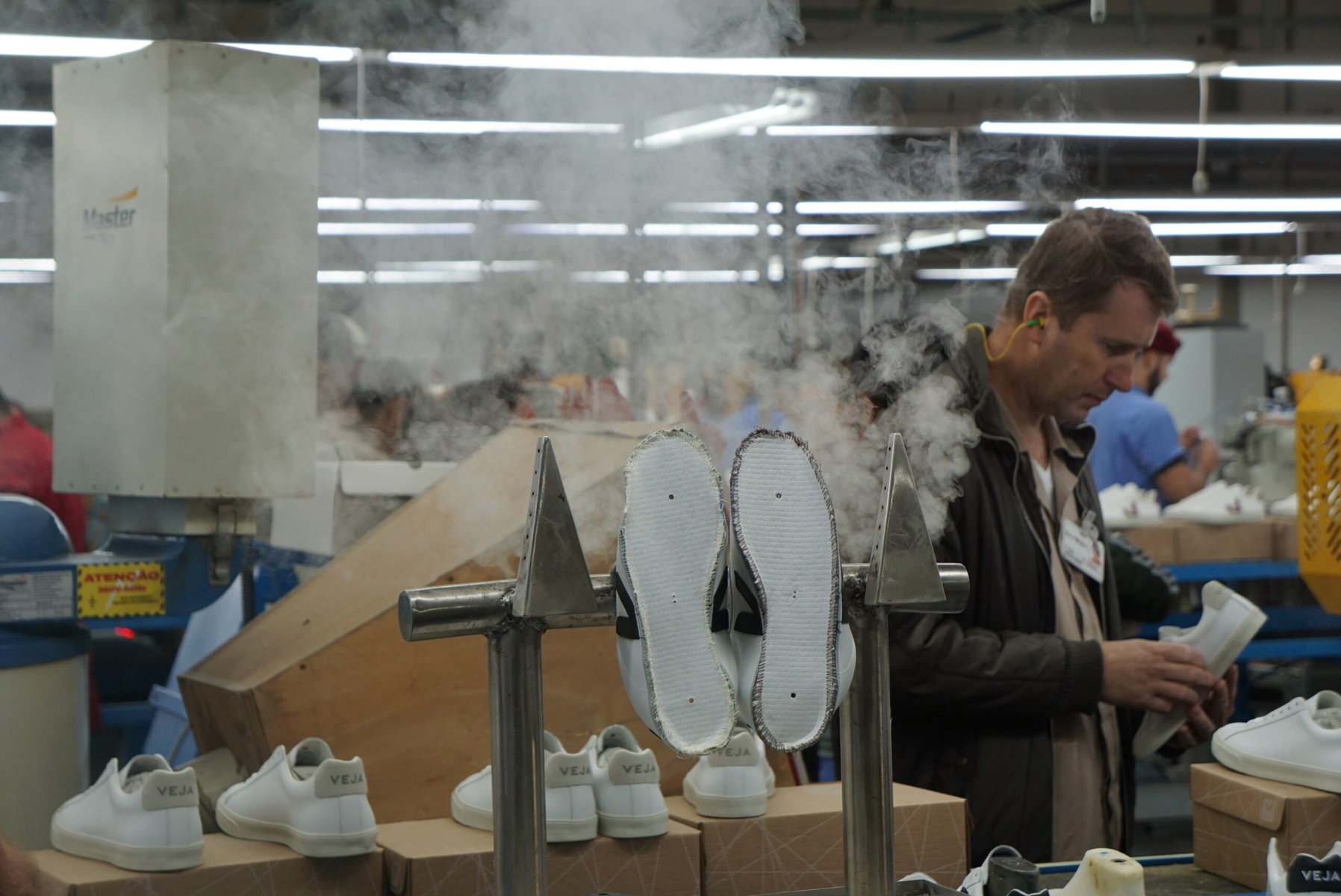
Kopp wanted rubber sourced from the wilds of the Amazon for their shoes’ soles. More than 10 years ago, when Kopp and Morillion made their first trip to Brazil for Veja, they established a friendship with the seringueiros — rubber tappers — in the Chico Mendes Extractive Reserve (Reservo Extravista Chico Mendes), in Brazil’s northwestern state of Acre.
“When we went into the jungle,” he recalls, “families thought it was crazy that we would pay them to source wild rubber and help manage the trees so we don’t overextract.”
Now, 17 years later, the families have become stewards of the land, protecting it from deforestation. “They tell me they’re concerned. It’s not like what it used to be when they were children. The forest is drier than before. That climate change is coming. But we see that we have impact on the forest through our work,” Kopp explains.
Harvesting rubber sustainably
By 10 o’clock in the morning in the Amazon rainforest, José Ribamar, a 52-year-old seringueiro, has visited all 130 of the rubber trees on his property, situated inside the Chico Mendes Extractive Reserve. Ribamar lives on the land but does not own it. Instead, he likes to refer to himself as a protector of the forest.
He grew up in the Amazon rainforest and was introduced to rubber tapping at the age of eight. The son of a rubber tapper, he accompanied his father on his daily visits to the trees. When he was 14, though, his father passed away. As the eldest of his five siblings, he was quickly thrust into the role of breadwinner for the family. He did what he knew: Ribamar continued to harvest and sell the rubber for another 20 years. But then the market for natural rubber disappeared, he says. “There were no buyers.”
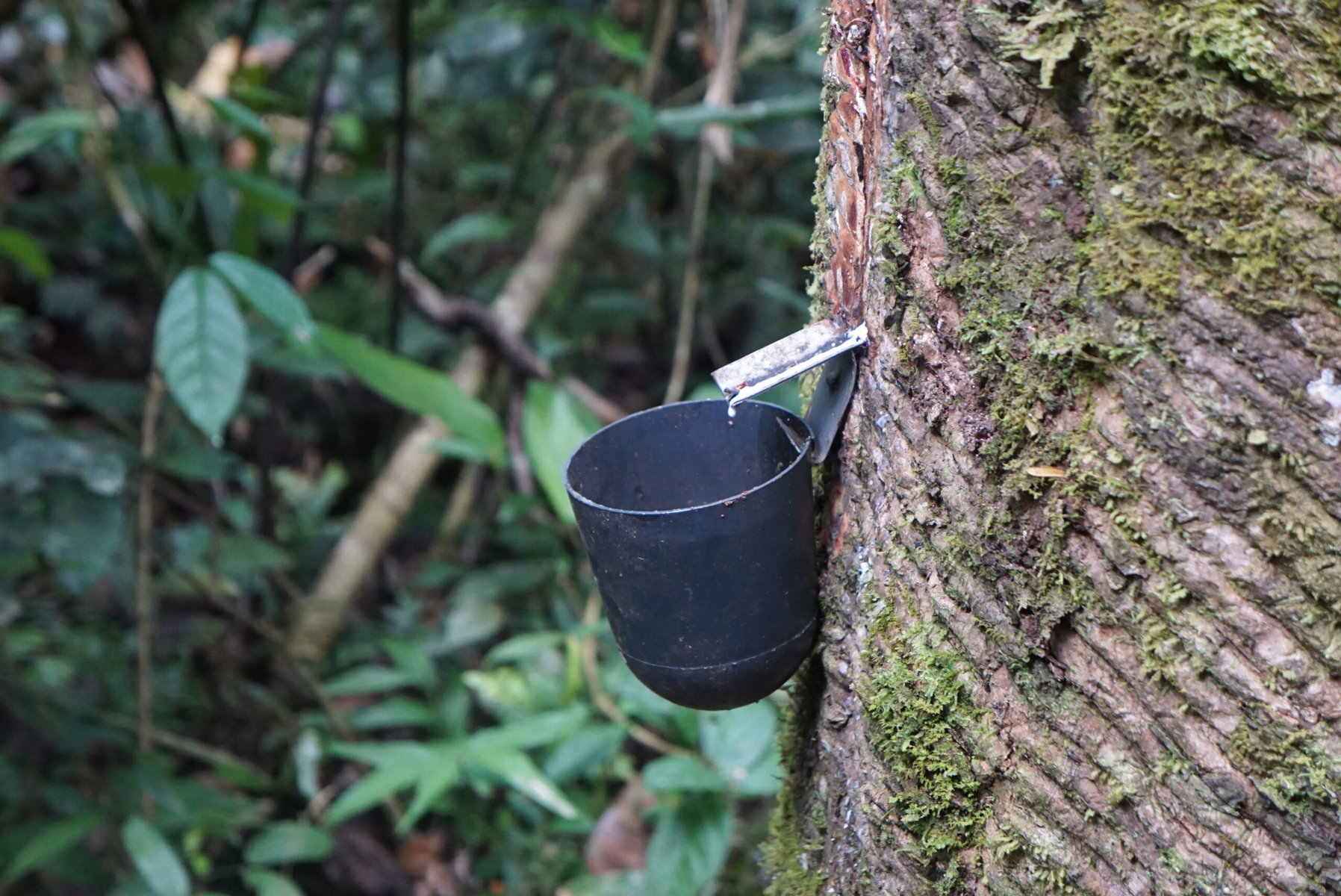
So he left the trees, instead cultivating vegetables and fruits on the land by a river and selling them at the local market. That is, until he heard about Veja and met Bia Saldanha, Veja’s longtime partner in the Amazon. A designer from Rio de Janeiro who had been experimenting with natural rubber in fashion and accessories, she moved to Rio Branco, a city of 400,000 that serves as the western gateway to the Amazon. Saldanha cultivated relationships with the local rubber tappers, bringing business and organization to a seemingly forgotten market.
Ribamar is appreciative. “The Veja project is great,” he says. “It’s a blessing, actually, because it’s saving so many young people from a life of working with cattle, one that relies on chemicals and is unhealthy for them.”
Driving into the jungle from Rio Branco, one sees these cattle farms that line the roads. They’re hard to miss. Cattle ranching is becoming a tempting option, seeming to offer the prospect of raising more money per acre than is possible with rubber tapping. Ribamar disagrees. “By the time you buy the feed for the animals and all the things that you need to care for them, are you really making more money? I don’t think so.”
Weighed down by negative news?
Our smart, bright, weekly newsletter is the uplift you’ve been looking for.Beyond economics, he says, the weather is changing. “It’s become hotter and hotter. If you don’t finish working by 10 in the morning, you feel your skin burn,” he says.
That’s why he gets up at 4 o’clock every morning and spends five to six hours tapping the trees under the shade of the canopy. “When we preserve the rubber tree, we preserve several other trees, plants, animals — all the other living things that are connected to it,” he says.
The Amazon is perhaps the only place left where rubber trees grow wild. Veja started buying solely CVP, or cernambi virgem prensado, rubber — a term used to describe coagulated latex collected from the forest. Before the advent of CVP, rubber tappers had to collect the rubber when it was still liquid, usually on the same day, in order to produce sheets of latex. With CVP, the rubber tappers can return to the rubber trail after the latex has coagulated, typically two or three days later, which frees up more time for them to do other tasks. Plus, the rubber tree should not be tapped too frequently, so this method saves time and is more efficient. Given the rise of synthetic rubber in the last four decades, Kopp explains, many of these rubber tappers had moved on to other ways of making a living, such as raising cattle and logging. But both ways of life meant eliminating trees, not preserving them. This has implications for the soil, because such activities break up years of untilled soil that has been sequestering carbon.
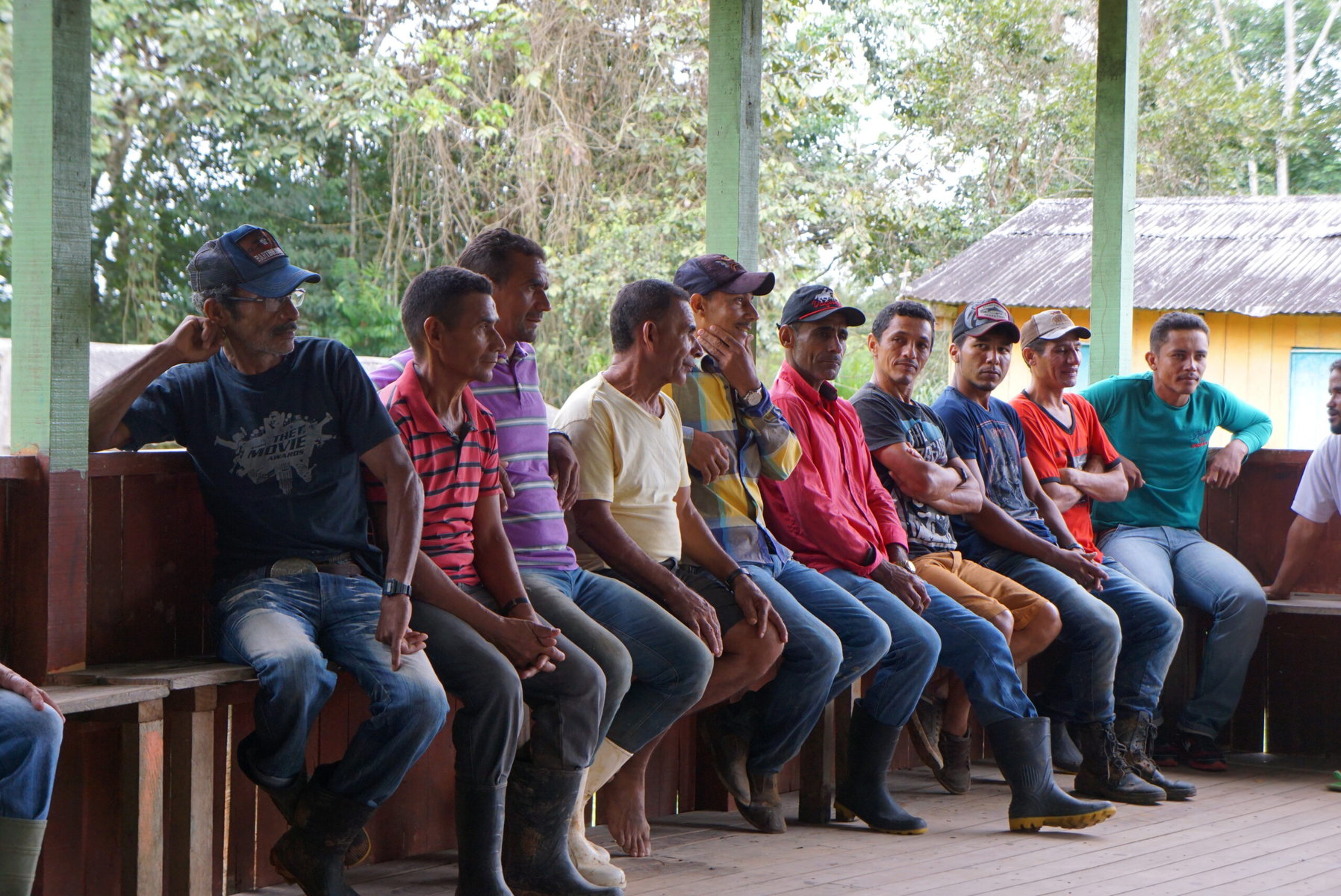
Veja now sources rubber from nearly 1,200 families in the Amazon. In the past 15 years, they’ve purchased 1,928 tons of wild rubber. “Business is not just about selling stuff, but also making people who live in these environments protectors of their land,” Kopp says.
What’s most noticeable is that these businesses, which are so fixated on restoring lands, protecting green spaces, and enriching the soil, are actually profitable, viable businesses. Veja sells more than two million pairs of shoes a year and pulled in $115 million in 2020 — without any advertising.
“Most shoe brands are taking 70 percent of the retail price and putting that to marketing, not manufacturing. We decided to invest that extra money in our supply chain,” Kopp says.
And they’re not telling people to buy more of their shoes. “Consumption is a big problem in society; that goes back to the heart of so many environmental problems,” Kopp acknowledges. “We have some people who loved the shoes, but then buy too many of them. I would say a couple pairs are enough. Too much of anything is a problem for the ecosystem.”





